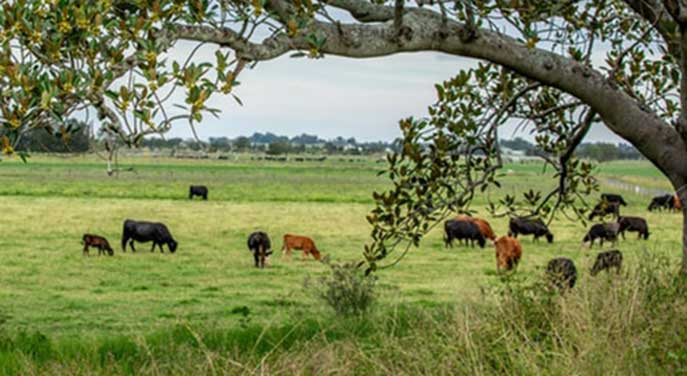 In the late 19th century, William Pearce, an Alberta-based federal civil servant, became increasingly concerned about the tendency to promote southern Alberta and Saskatchewan as suitable for farming.
In the late 19th century, William Pearce, an Alberta-based federal civil servant, became increasingly concerned about the tendency to promote southern Alberta and Saskatchewan as suitable for farming.
Pearce was a longtime surveyor for the dominion government’s Department of the Interior. He and others familiar with the southern Prairies knew that much of it, the Palliser Triangle, was a dry belt. They knew that attempts by politicians, academics and others to settle evermore farmers there would lead to over-tasking the fragile landscape. They also knew that financial disaster would eventually befall immigrant farmers who, sooner or later, would find the soil unproductive.
In short, those closest to the land knew what it could – and could not – provide. They knew from close observation, from empirical reality, how best to manage the natural environment.
Over the next few decades, their advice was ignored – until 1920s-era dry belt conditions broke many farming families and finally restored southern Prairie land to more sustainable uses.
The story remains relevant. With a census population of more than 3.6 million in 2011 (or about 50 times the 73,022 people who inhabited Alberta’s pre-provincial geographic boundaries in 1901), modern conflict over Alberta’s land base has multiplied.
From energy extraction to transportation and personal travel, from off-road vehicles to the desire to farm and ranch, to reasonable calls to conserve and enjoy Alberta’s natural surroundings, there is no shortage of potential land-use skirmishes.
So it’s useful to ask: how to manage conflicts?
One must sort through the various types of land ownership for possible strategies.
Private property is relatively easy to manage. Property owners, whether of a small lot in the city or a farm in the country, have established rights – even if they are occasionally infringed. There are limits (albeit with exceptions) to how others can use such property – usually only with permission.
In contrast, disputes are sharpest where property ownership is common (i.e., on Crown land). This is why farmers, ranchers and conservationists might square off with off-road recreational vehicles (or even hikers). The boundaries of public use on public land, and what constitutes sensible and sensitive use of land, are often disputed.
One option for dealing with conflict is to convert Crown land into fee simple private property in order to make land-use decisions more straightforward. Saskatchewan recently did this over a six-year period, converting almost 500,000 Crown acres, mostly leased by ranchers and farmers who were given first refusal rights, into private property. In the process, the province garnered $157 million for government coffers.
Some people object to private ownership of land for ideological or even conservation reasons, but most of Alberta’s agricultural land (not the entire land base, but ranching and farm land) is already private property. Only one-fifth is government-owned.
Is private land ownership superior, in many cases, to political tussles over Crown land?
Where land is already occupied (I am not referencing mountain parks), it would appear so, including for conservation efforts.
Consider what British professor Ken Atkinson wrote in a 2009 journal article on preserving grassland in southern Saskatchewan: “The prairies provide an example of how tensions between conservationists and other land-users can be healed and need not be permanent.”
Atkinson pointed out that some conservationists accuse ranchers of overgrazing – accurate in some cases – but how ranchers (and I would argue, farmers) are stewards of the land. Atkinson noted how an open range “gives native flora and fauna some chance of survival” and that the “understanding between ranchers and conservationists has improved enormously.”
Atkinson thus hinted at what can occasionally be forgotten in policy disputes: those closest to a problem have the best chance of managing and solving it. So any evidence-based discussions on land use should always start there.
It’s an approach that a 19th century civil servant would understand and applaud.
Mark Milke is a Calgary columnist and author of four books. He is a contributing editor to the new e-book, Ranching Realities in the 21st Century, released by the Fraser Institute.
Mark is a Troy Media contributor. Why aren’t you?
The views, opinions and positions expressed by columnists and contributors are the author’s alone. They do not inherently or expressly reflect the views, opinions and/or positions of our publication.


